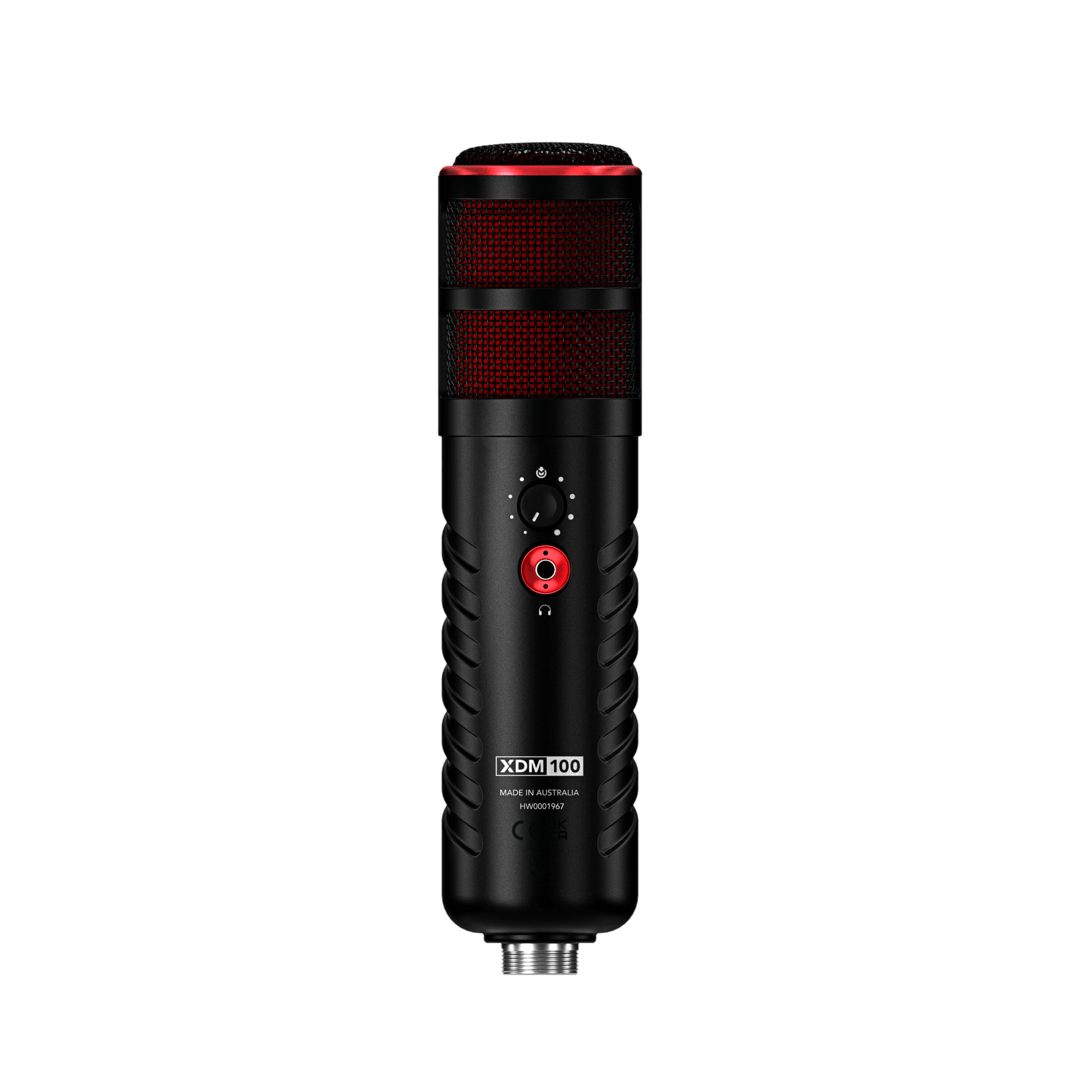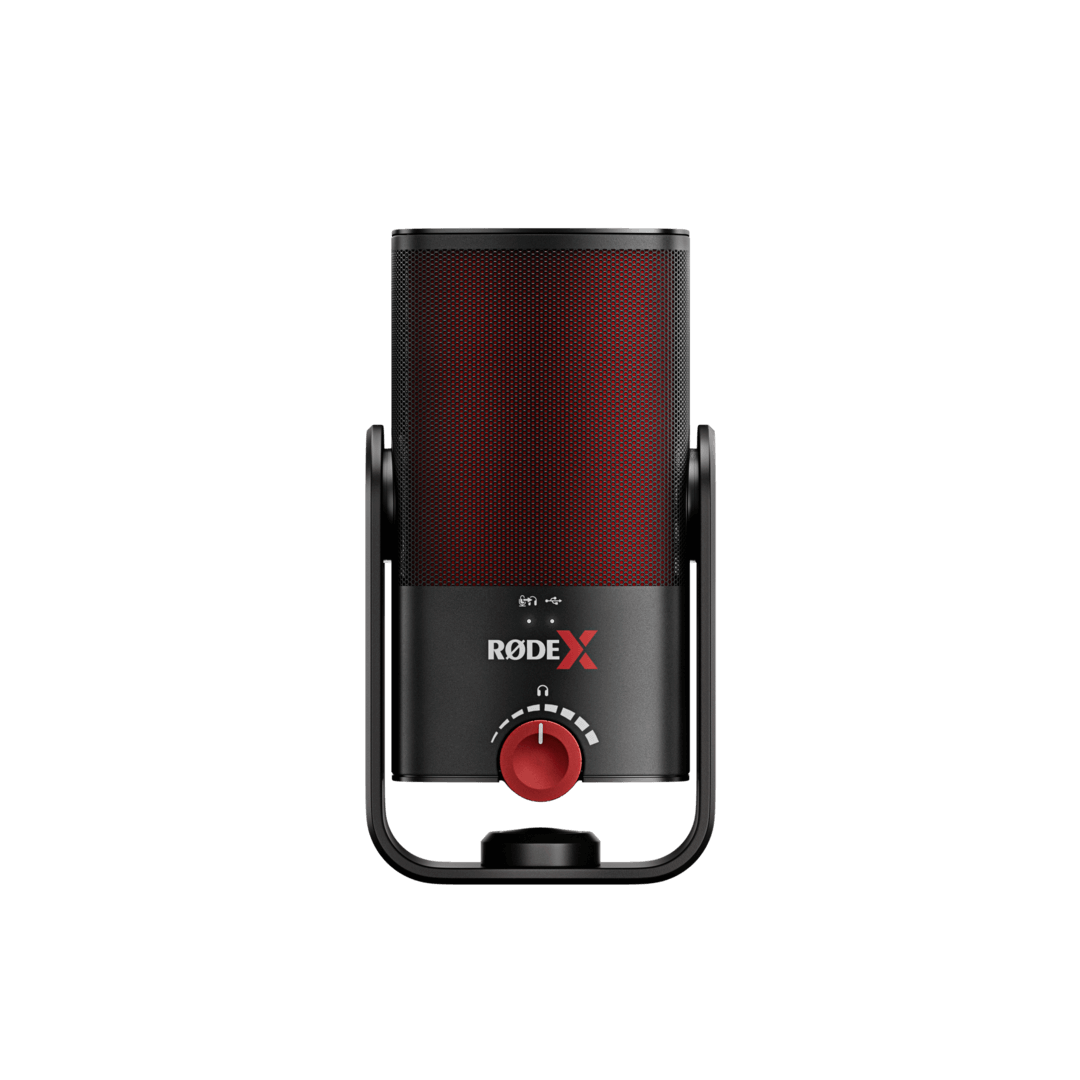XLR vs USB Microphones: Which is the Best for Gaming and Streaming?
Whether you’re looking to upgrade your streaming or gaming setup, or purchasing your very first microphone, one of the most important considerations you’ll need to start off with is whether to go for an XLR or USB mic. While XLR mics have long been the gold standard for broadcast-quality voice performance, USB mics have come a long way in closing the gap in recent years and the choice is harder than ever.
In this article, we’ll go over the important details and differences between USB and XLR mics to help you decide which is the best choice for your gaming or streaming setup.
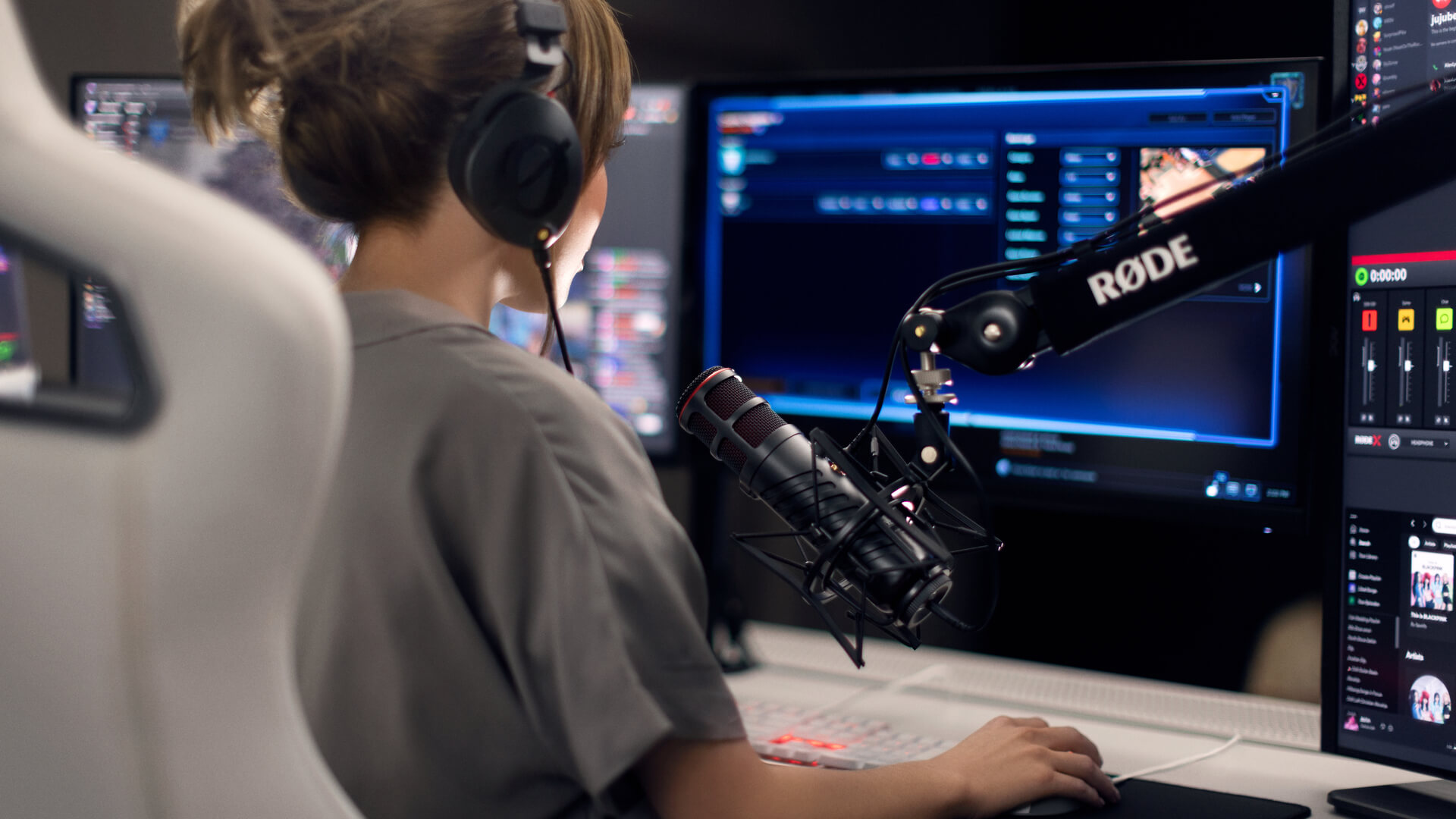
The XDM-100 is a professional dynamic USB microphone designed specifically for gaming and streaming.
Benefits of USB Microphones
The most obvious upside of a USB mic is its simplicity. The ability to plug the mic directly into your computer as you would a mouse, keyboard or any other USB device makes it a super easy and hassle-free option for streamers and gamers looking to upgrade their audio.
Every mic setup requires three distinct components to operate: the microphone itself to pick up the sound, a preamplifier to boost the signal, and a converter that translates the analog signal to a digital signal so it can be sent to your computer. In a USB microphone, these are all integrated into the one device – simply plug it into your computer, select it as the audio input and output device and start streaming.
USB mics are also powered straight from the computer’s USB port, eliminating the need for an external power supply. This all-in-one nature also means that USB mic setups take up less space, which is ideal if you like keeping your desk neat and clutter free.
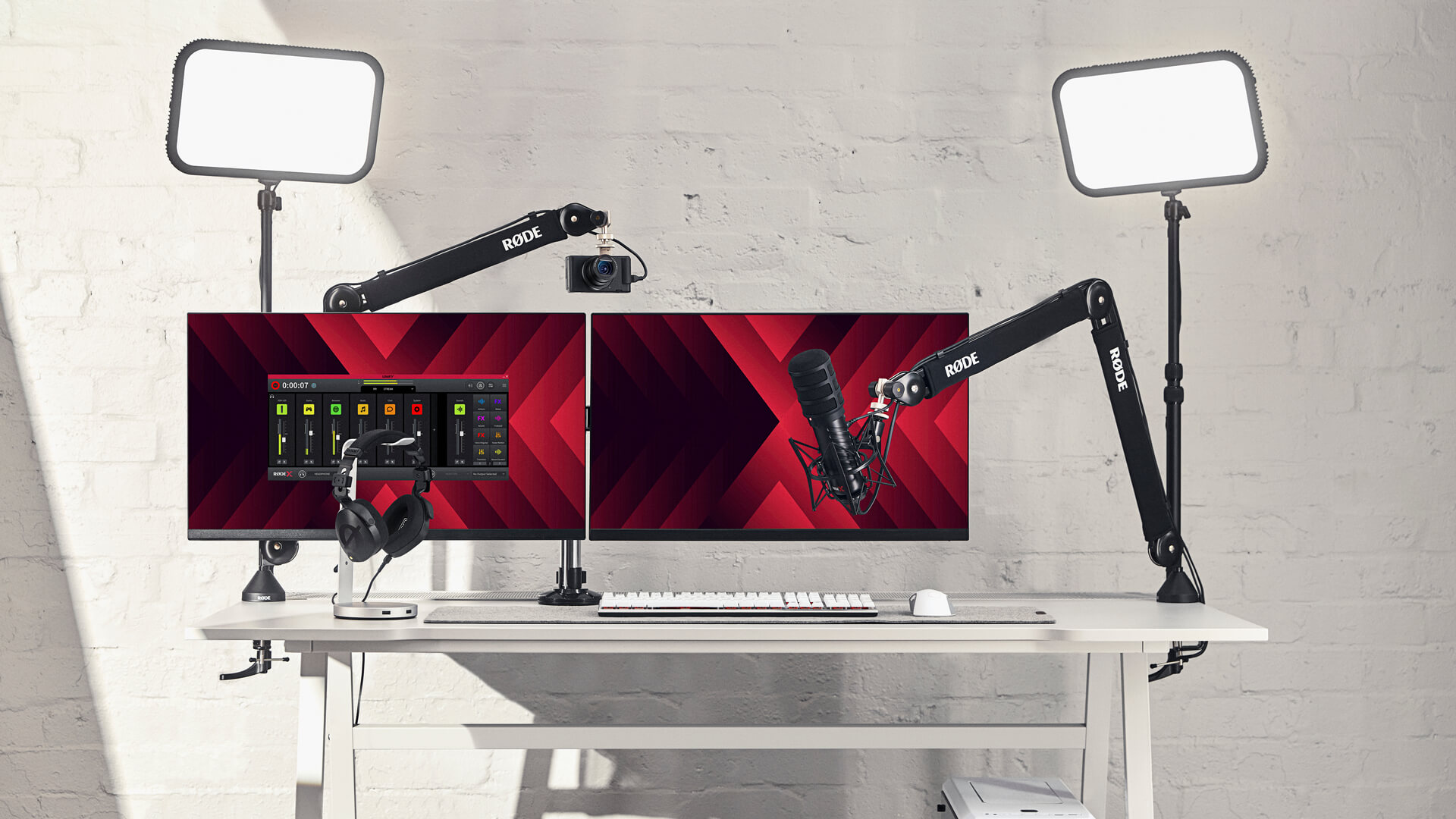
USB microphones like the XDM-100 offer a great solution for reducing the clutter on your desk thanks to their all-in-one nature.
As we mentioned, modern USB microphones offer excellent audio quality and give many XLR microphones a run for their money. Our XDM-100 and XCM-50 USB mics both offer studio-quality sound in a simple plug-and-play format, with many of the features you would typically find in a professional XLR microphone.
In addition to sounding great and being compact and easy to use, these two studio-quality mics are made even more powerful with the included UNIFY software. This software unlocks professional voice-enhancing signal processing for your RØDE X microphone, and it’s also an incredibly versatile virtual mixing solution for streaming and gaming, consolidating functionality that would typically require multiple applications into one sleek and intuitive interface, including creating independent sub-mixes for different outputs like your Twitch stream and Discord, multitrack recording and more.
Benefits of XLR Microphones
XLR mics require a bit more setup to get going compared to USB mics, largely due to their need for an external audio interface to hook the microphone up to a computer. This makes them a little less portable and immediate but there are certainly still some strong benefits to choosing this route.
Firstly, having a separate microphone and audio interface means you have many more options when it comes to microphone choice, allowing you to explore different types to suit your voice and audio setup. Similarly, you can hand-pick your audio interface – whether it’s something simple like the AI-1 for a single-mic setup, or a full-on production studio like the RØDECaster Pro II.
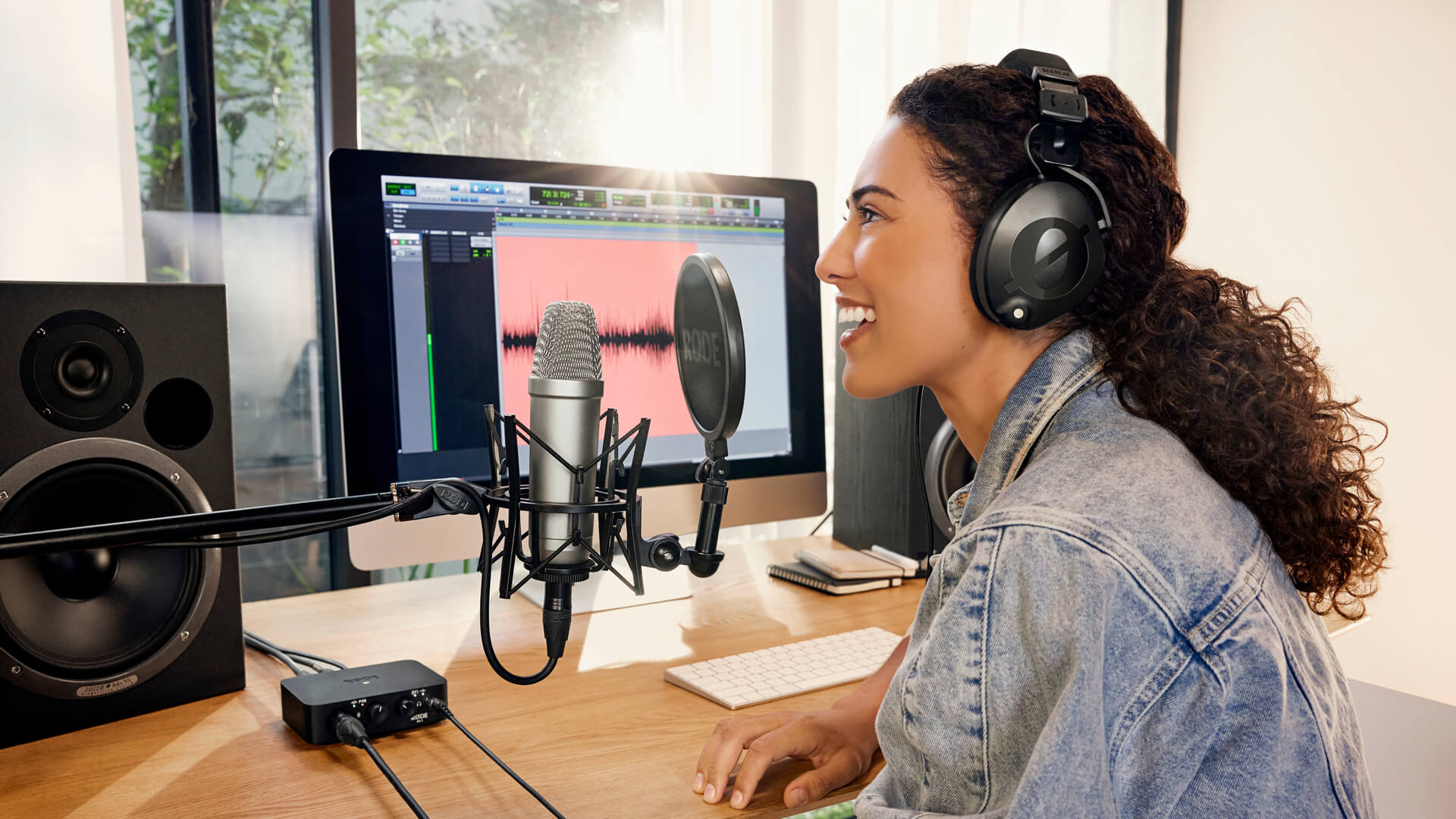
The RØDE NT1-A large-diaphragm condenser mic paired with the AI-1 audio interface is a super versatile XLR microphone setup.
Because of this flexibility, it’s also much easier to upgrade the individual components of an XLR mic setup as your career or situation progresses over time, for instance, getting a larger interface to record more voices or instruments at once. USB mics, on the other hand, are limited by their integrated design, meaning you can’t mix and match each component as they’re all housed in the one enclosure.
In most cases, XLR setups are the only way to get multiple microphones recording at once – while this isn’t an issue for the vast majority of streaming situations that just need a single mic, it can be useful for more involved livestreams that include more than one voice or instrument. However, this isn’t true of UNIFY, which supports the connection of up to four USB microphones to a single computer.
XLR or USB: Which One is the Best for Gaming and Streaming?
It's important to point out that USB and XLR mics are both excellent options for improving your audio significantly over any in-built microphone when gaming and streaming.
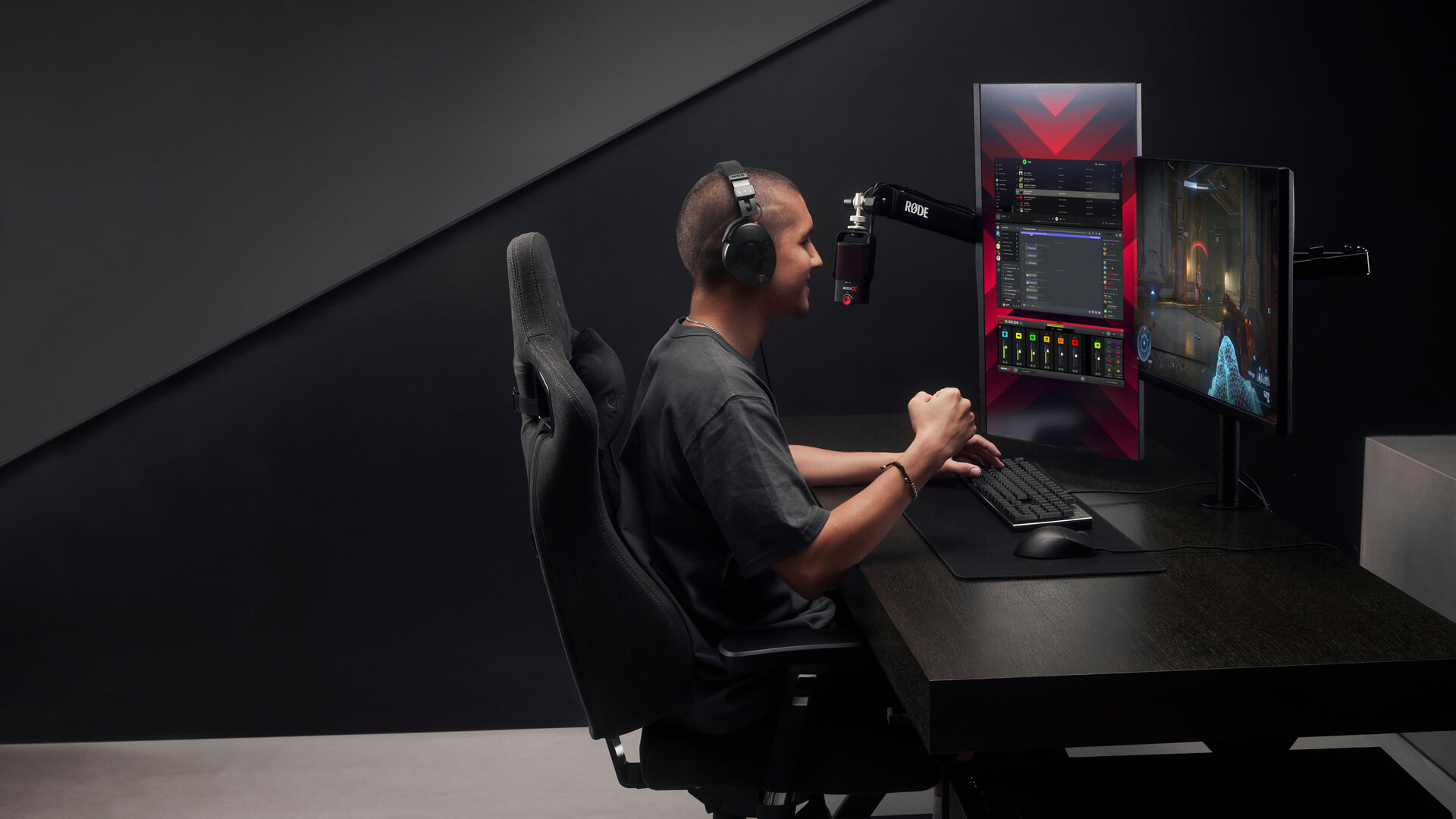
USB microphones like the XCM-50 offer an incredibly simple and easy-to-use solution for gaming and streaming audio.
If you’re looking for an easy-to-use option that sounds great and is compact, convenient and requires almost no audio knowledge, a USB microphone is the obvious choice. Both the XCM-50 and XDM-100 are excellent purpose-built microphones for gamers and streamers, and with their pro-grade audio and direct integration with UNIFY, they'll suit beginners and veterans alike. Check out our article on dynamic vs condenser microphones to learn more about which one to choose.
If you’re a gamer or streamer who’s also a musician or podcaster, then the interchangeability of an XLR mic setup might make more sense for you. While you’ll need an additional audio interface to connect your XLR mics to your computer, you’ll have much more flexibility when it comes to tweaking and upgrading your setup down the road.
For a complete audio solution for streaming and gaming, check out the XDM-100 or XCM-50 and UNIFY.
